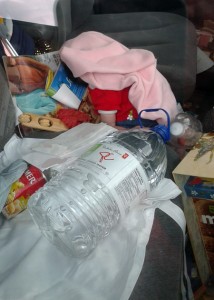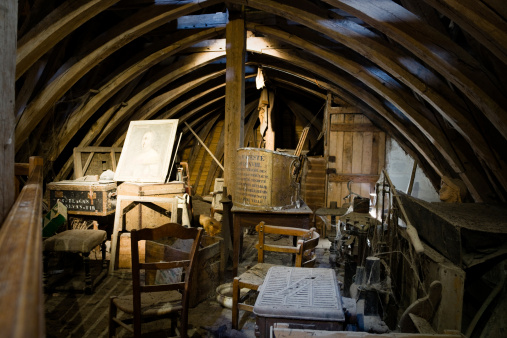Catching Up
I don’t even know where to begin. So much has happened with my family that it seems I’d need a novel, & not just a blog post, to explore all that’s happened in the past several months.
I took a long break from posting because I was concerned about my Mom’s privacy. I know she’s be mortified to learn I’ve discussed her relation to compulsive hoarding disorder. And Mom, if you do ever find this, I know you know I don’t do this out of spite or malice. It’s just been a way for me to cope with all the thoughts I have about this subject since it’s so difficult to actually discuss it with you.
Moving: Dealing With Our Own Stuff
I suppose this post is a bit of a tease since I’m not ready to divulge just yet, but thought it was long over due to check in. I’m in the middle of selling my own house, and all the tasks that come along with that. We still had boxes of stuff that never fully got emptied from when we first moved to this house 10 years ago. And we’ve accumulated more since.
To get the house ready to sell, we totally purged our main living areas. No dust-collecting knick knacks, stuff like that. We emptied bookcases, cleared the junk drawer, and took down family photos. Yeah, it took out some of our “personality”, but it certainly makes maintaining a tidy space WAY easier. It’s like a breath of fresh air!
Of course, all that stuff has to go SOMEWHERE! And I’ll admit a fair amount got packed to move to the new house. Lots got moved to the basement waiting further judgement. We’ll take a good hard look at all this remaining stuff to see if it really needs to come with us. I’m trying to make some hard decisions that I’ve avoided for years. But why pay to move something if it doesn’t bring us joy, right? I don’t want to spend money to cart anything to the new house if I don’t think it’ll be used (not just potentially useful, but actually USED).
We’ve already gotten rid of a good amount, too. Stuff that had insidiously collected in corners and in backs of cupboards without us even trying. All that got loaded into the back of the truck for runs to the garbage dump. Other stuff has been sold. We don’t have as much hidden storage in the new place. No unfinished basement to serve as a wasteland. Our new basement is finished and ready for entertaining. I’d rather fill the basement with friends and family having fun, instead of books I won’t read again, know what I mean?
A Hoarder’s Sense of Potential
I’m not sure my Mom really gets it, though. I’ve been telling her about our experience, and although she’s supportive of us, I can almost literally hear little pieces of her heart breaking off when I tell her about something I’ve purged. She’s missing the potential of those items on my behalf, I think. She’d take it all if I offered it, you know, just in case I ever decided I needed any of it again.
This whole moving process is really good for putting everything into perspective, and it’s a reminder to not think too harshly about someone else who hoards. I’m not without blame, and certainly don’t live in a glass house. It’s a slippery slope from having an unorganized basement to floor-to-ceiling chaos.
I’m glad for this fresh start. I hope it makes a difference in how I choose what items I bring into my home. It’s really got to be worth it to make the cut. I’m not moving with clutter.












